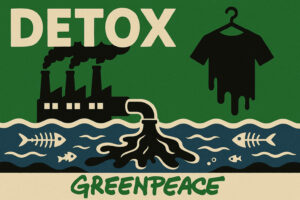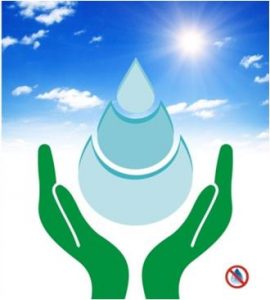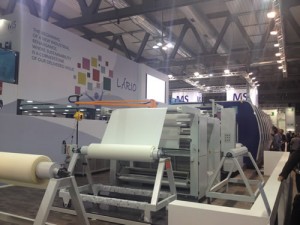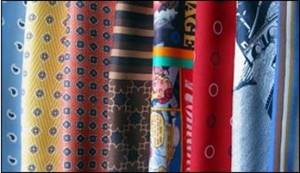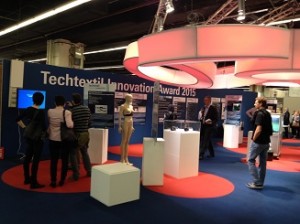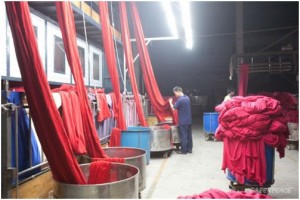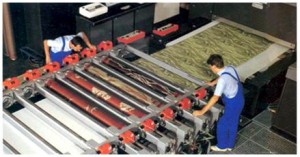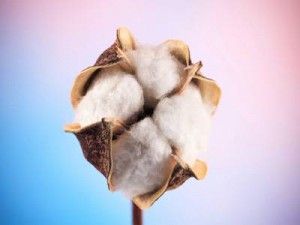Stepchange Innovations blog covering innovations and issues of the textile industry
In this article we cast light on the progress of the Detox campaign in the textile industry. Detox is an initiative started by the environmental activist organization Greenpeace to eliminate hazardous chemicals from the supply chain of global fashion brands. In part 2 we will look a deeper at the progress of Detox at the fashion brands who have received credit for good progress in Detox: H&M, Benetton and Zara (Inditex).
We cast light on the progress of the Detox campaign in the fashion & textile industry. Detox is an initiative started by Greenpeace to challenge the business practice of global fashion brands who source from suppliers allegedly polluting the environment with hazardous chemicals. Their aim is to eliminate the discharge of hazardous chemicals from the effluents of textile processing factories by the year 2020.
Dyeing in supercritical CO2 could finally be on track for success after 25 years of development. Originally an idea of German universities, it was developed and brought to market by the Dutch start-up company DyeCoo. With this innovative, environmentally friendly and water-free dyeing technology, today sportswear textiles made of polyester are produced in Asia for the brands of adidas and Nike.
Digital printing on textile is driven by technology and innovation. It is presently one of the most exiting segments in the whole textile processing. The article covers latest technological developments in the textile printing space released for ITMA 2015 in Milan, Italy.
The textile printing market is undergoing a transition from conventional printing (rotary screen or flat bet printing) to digital printing (ink jet printing). In 2014/15 some key mergers and acquisitions took place in the digital textile printing sector. Private equity financial investors as well as strategic investors and large US corporations have entered the technology driven European digital printing space.
The winners of the Techtextil Innovation Award 2015, presented for innovative ideas and future-oriented developments in the field of technical textiles, nonwovens and functional apparel textiles, were announced at the Techtextil / Texprocess fair in Frankfurt, Germany. These great innovations illustrate exiting new application for technical textiles and nonwovens
The textile industry in China, challenged by increasing labour cost, may be bound to move to other countries. The article discusses the cost structure in the textile industry and the importance of China for the global textile industry.
Financial investors are taking more interest in the textile printing and digital printing space. Investcorp has announced the acquisition of SPGPrints Group. SPGPrints, a Dutch company formerly known as Stork Prints, is a leading supplier of printing systems and consumables for textile printing.
Organic cotton and genetically modified cotton (GM cotton) are opposite concepts to make cotton more sustainable. In that sense it is the target to reduce water and energy consumption of cotton agriculture and processing, and to reduce the amount of potentially hazardous chemicals, such as pesticides, released into the environment.
A lot of totally contracting data can be found to support either one of the concepts, depending how things were examined and by whom studies were funded. This article tries to bring to light some of the issues related to cotton, GM and organic.
Organic cotton and genetically modified cotton (GM cotton) are opposite concepts to make cotton more sustainable. In that sense it is the target to reduce water and energy consumption of cotton agriculture and processing, and to reduce the amount of potentially hazardous chemicals, such as pesticides, released into the environment.
A lot of totally contracting data can be found to support either one of the concepts, depending how things were examined and by whom studies were funded. This article tries to bring to light some of the issues related to cotton, GM and organic.

